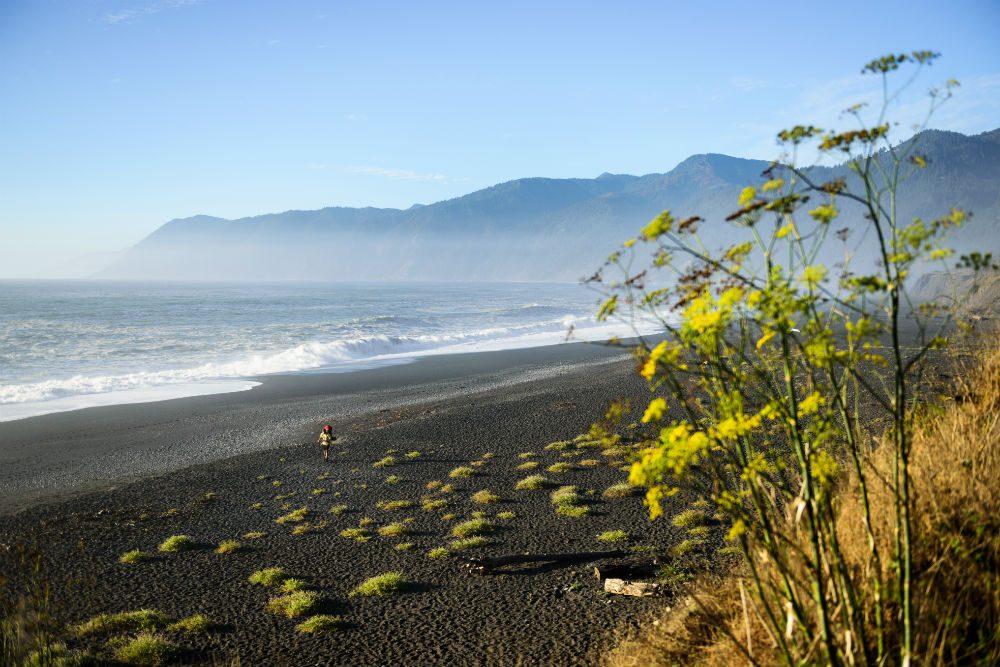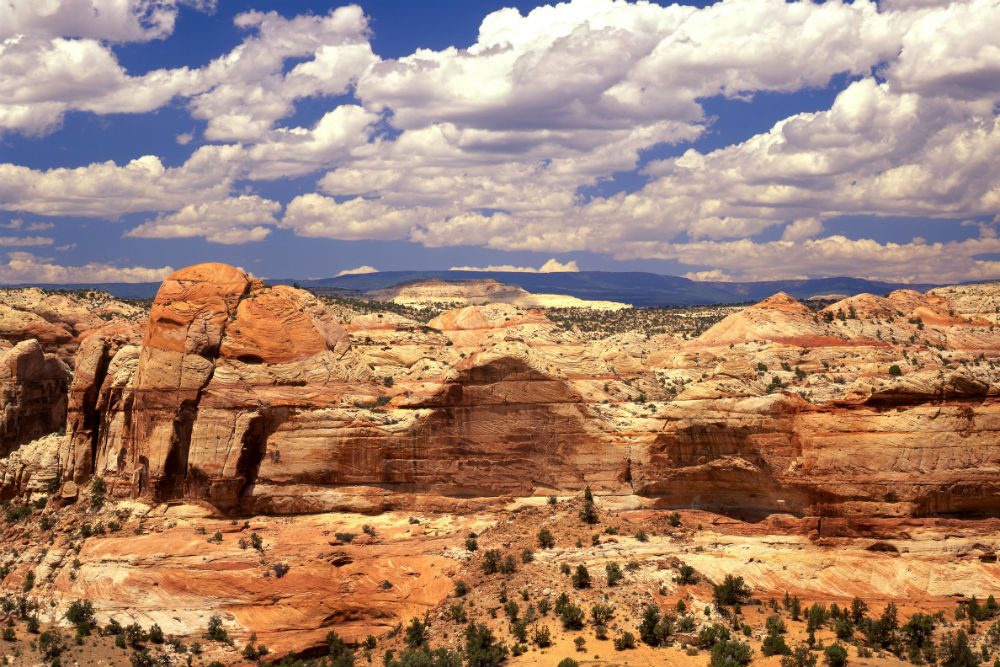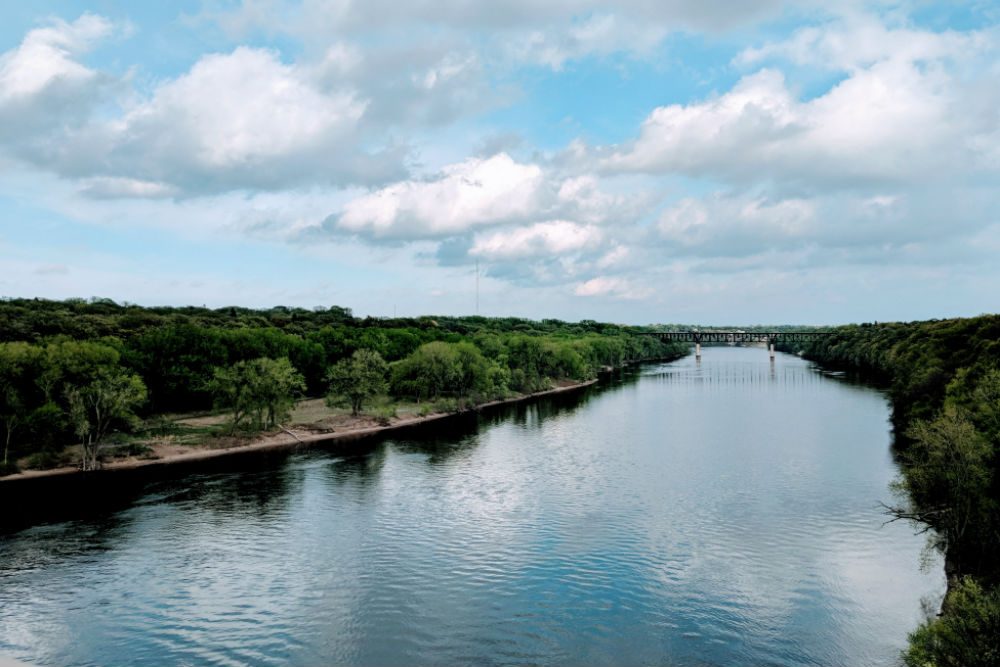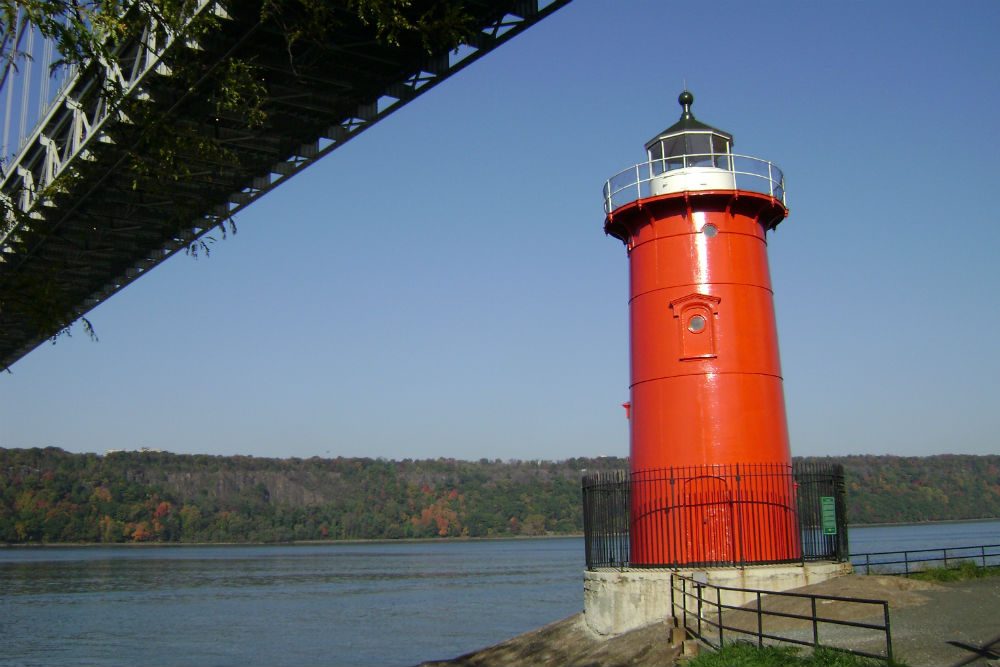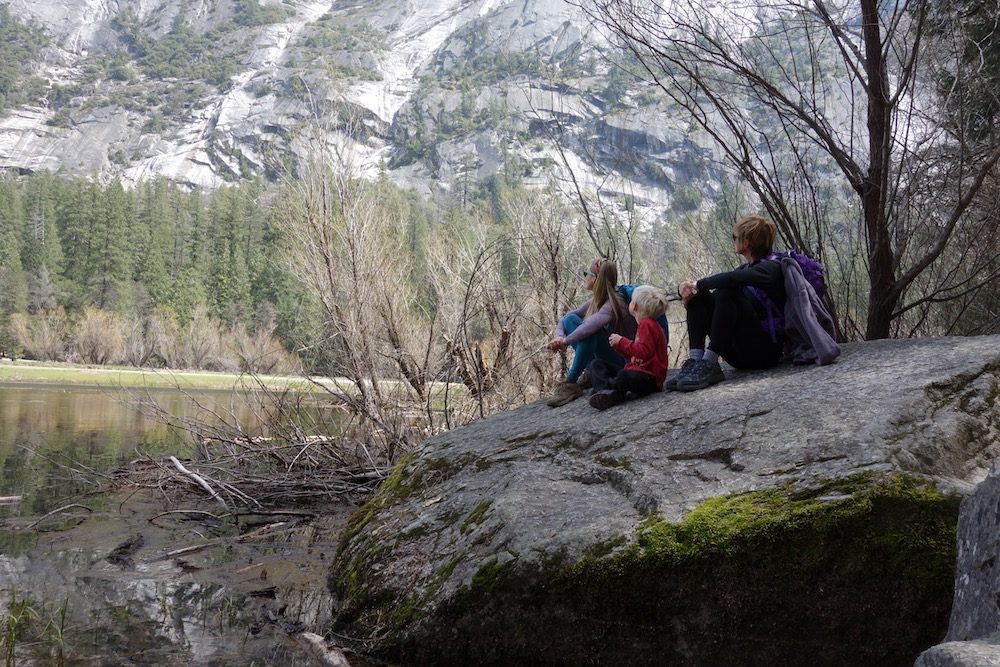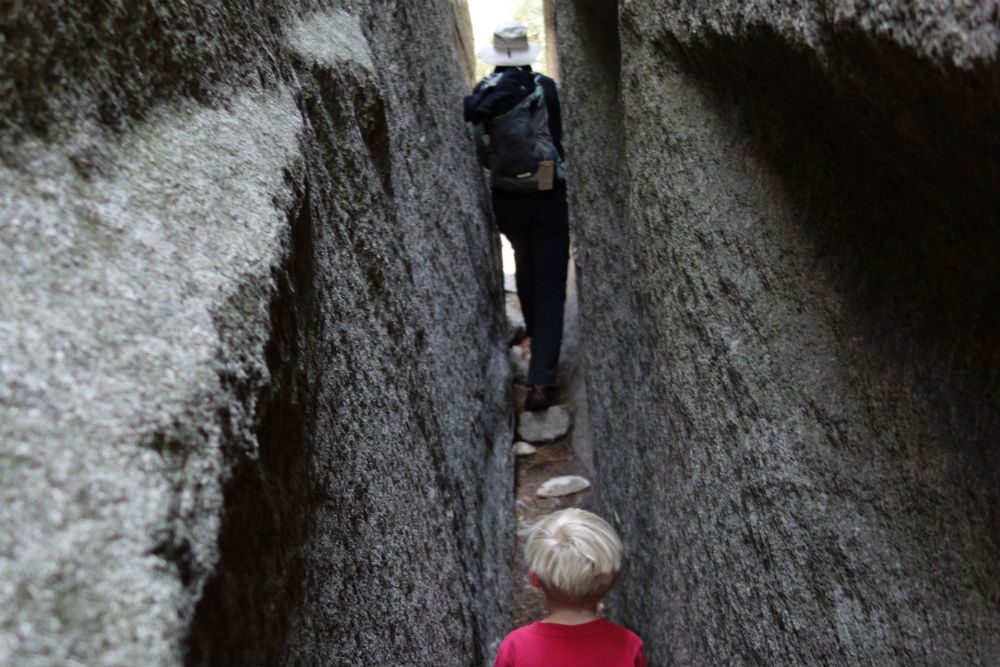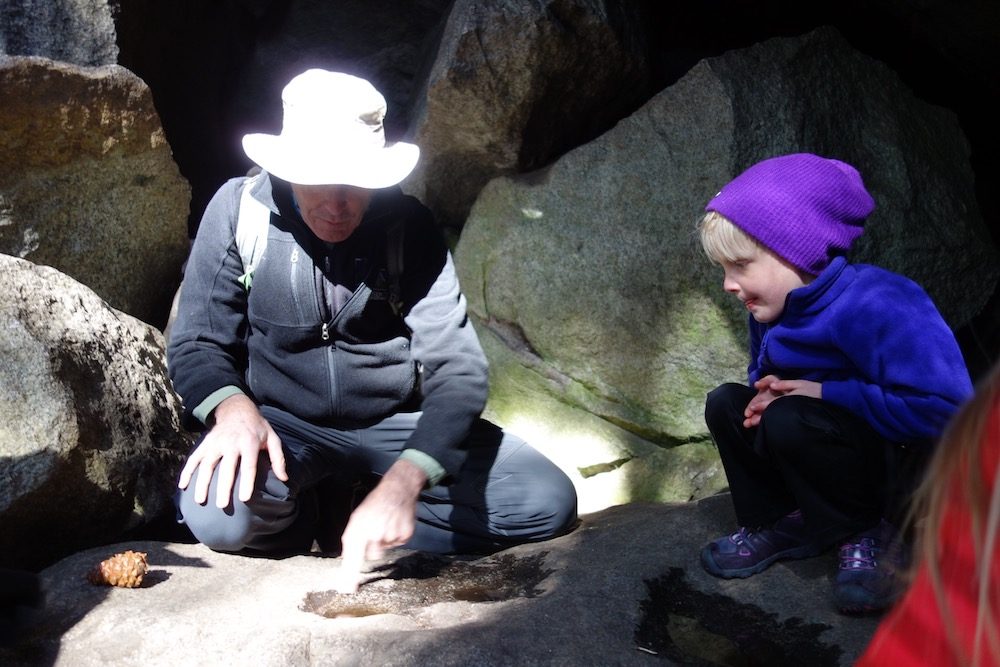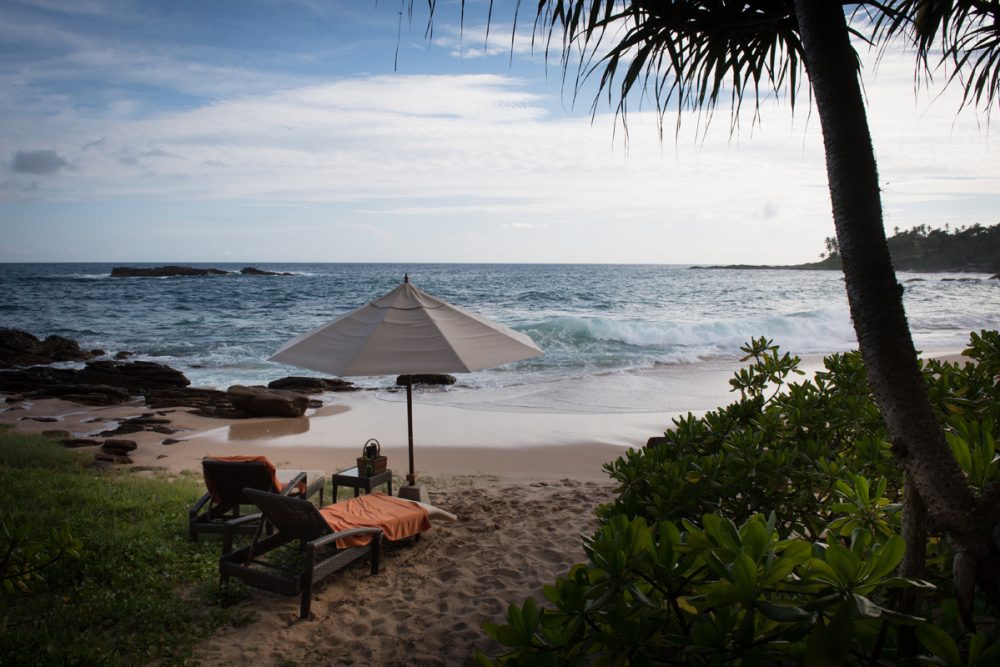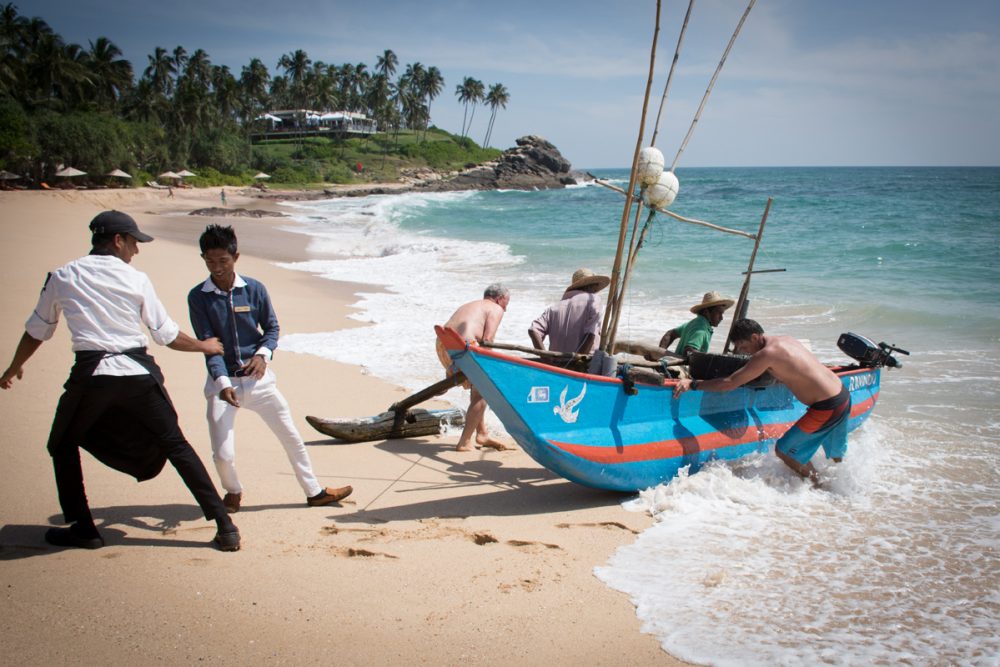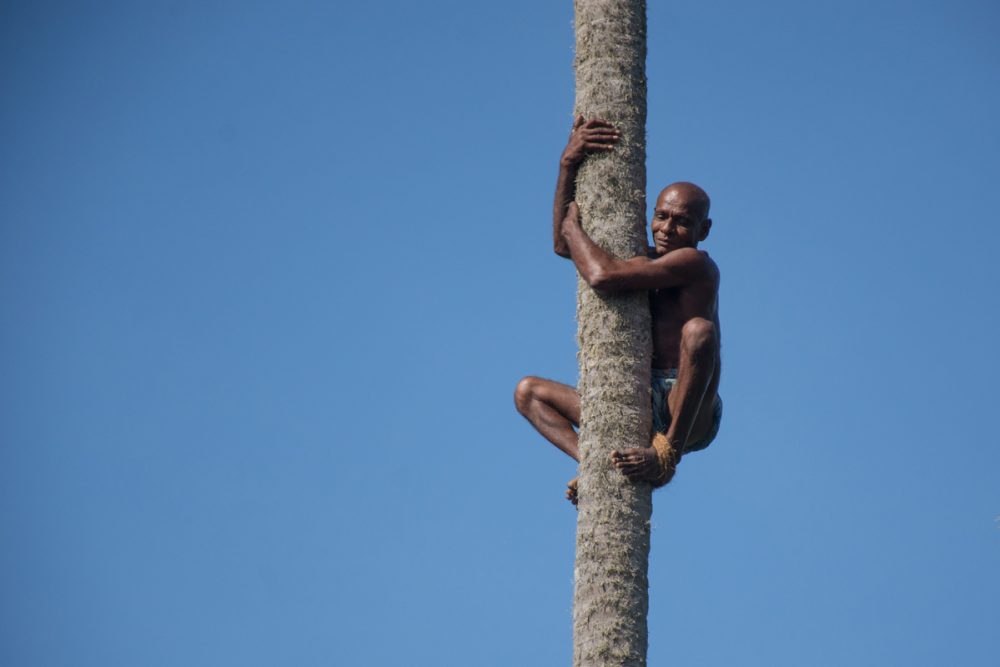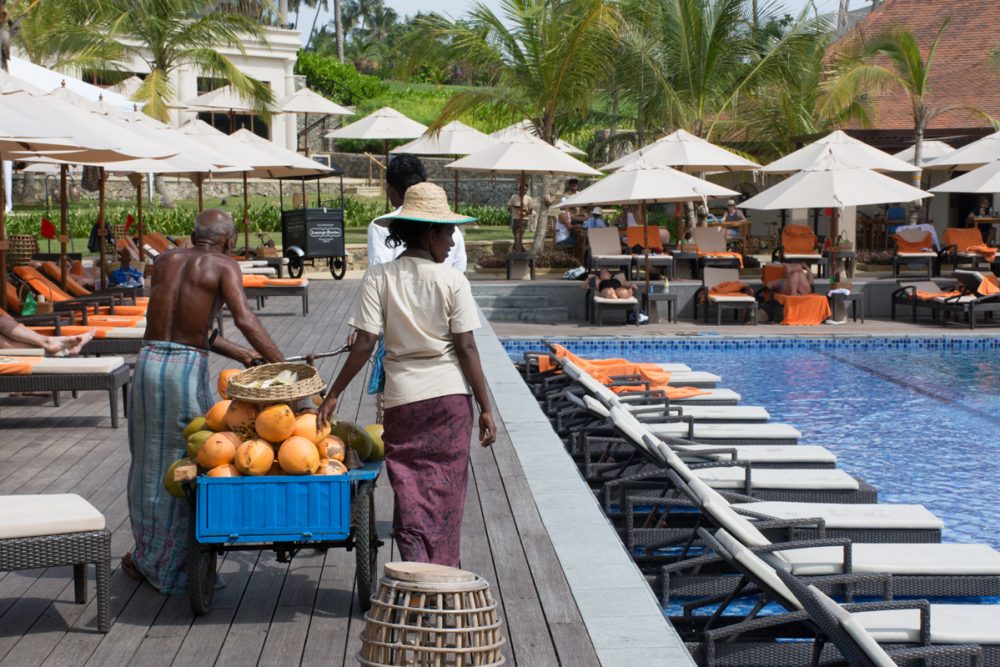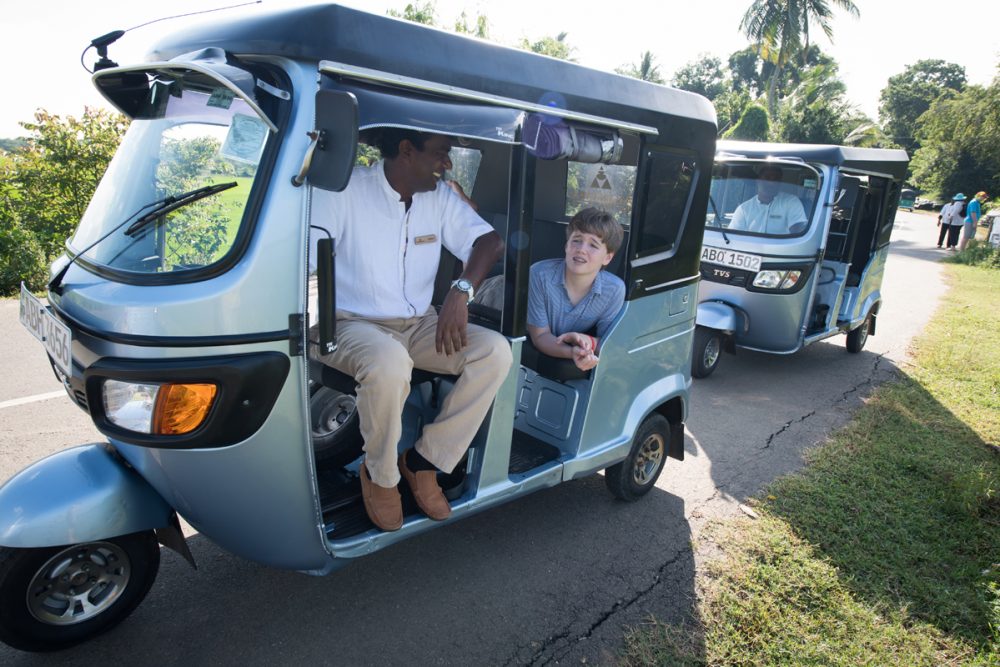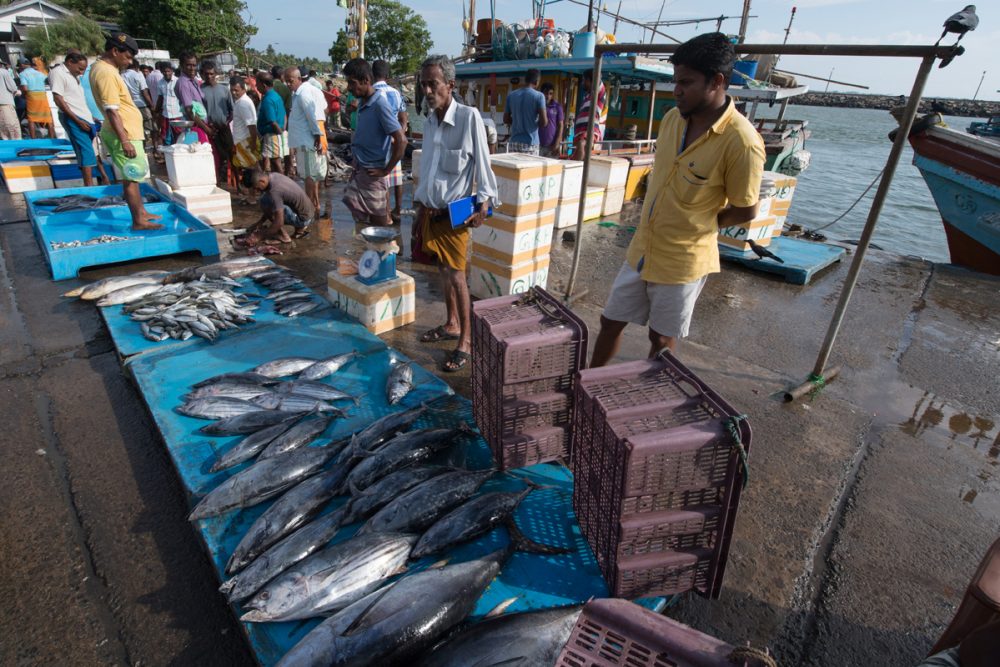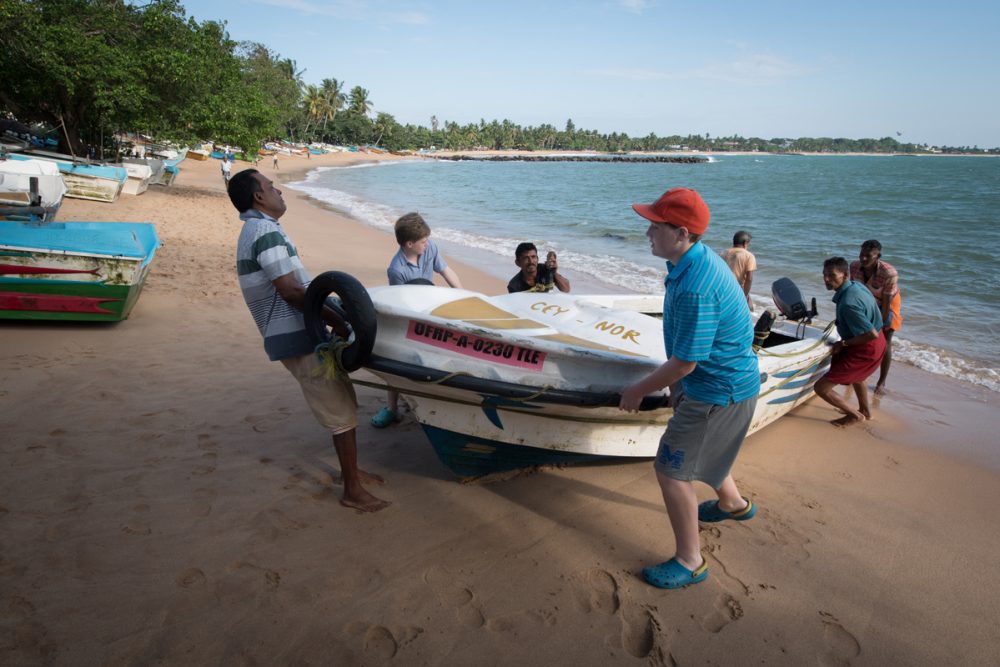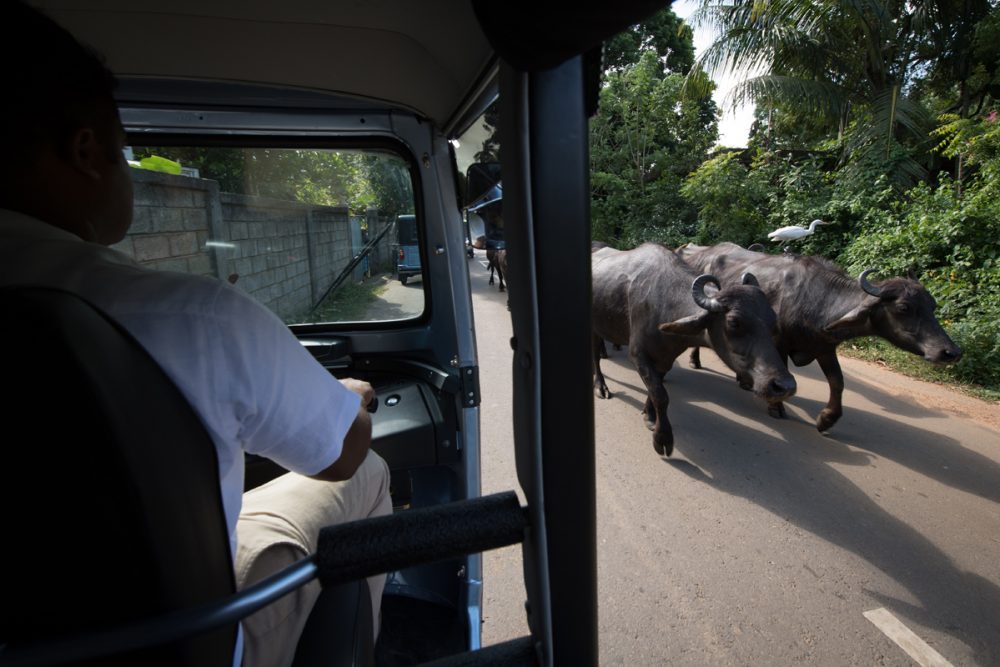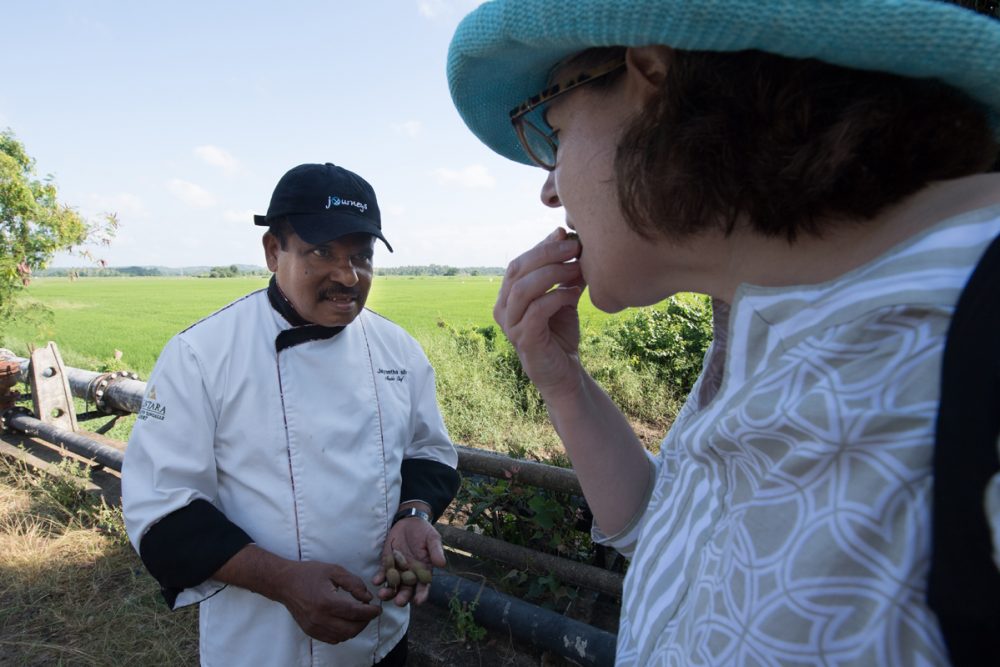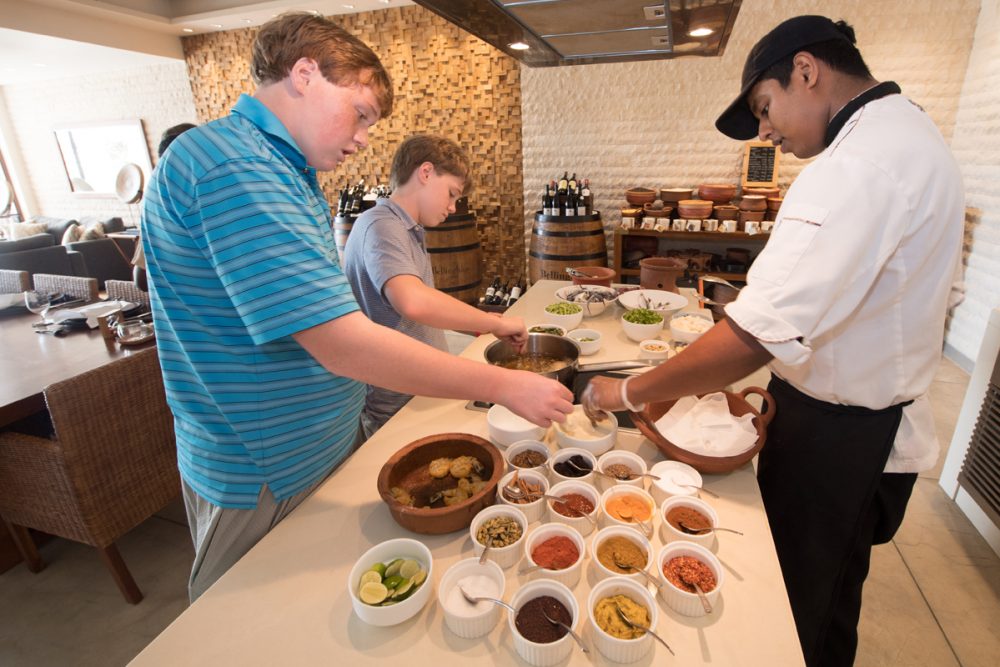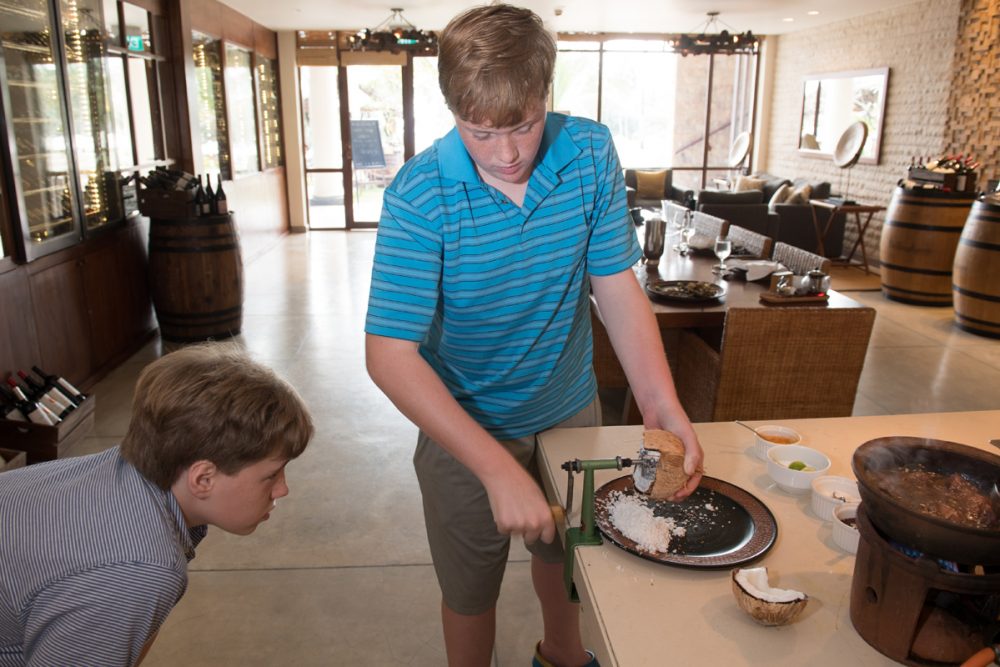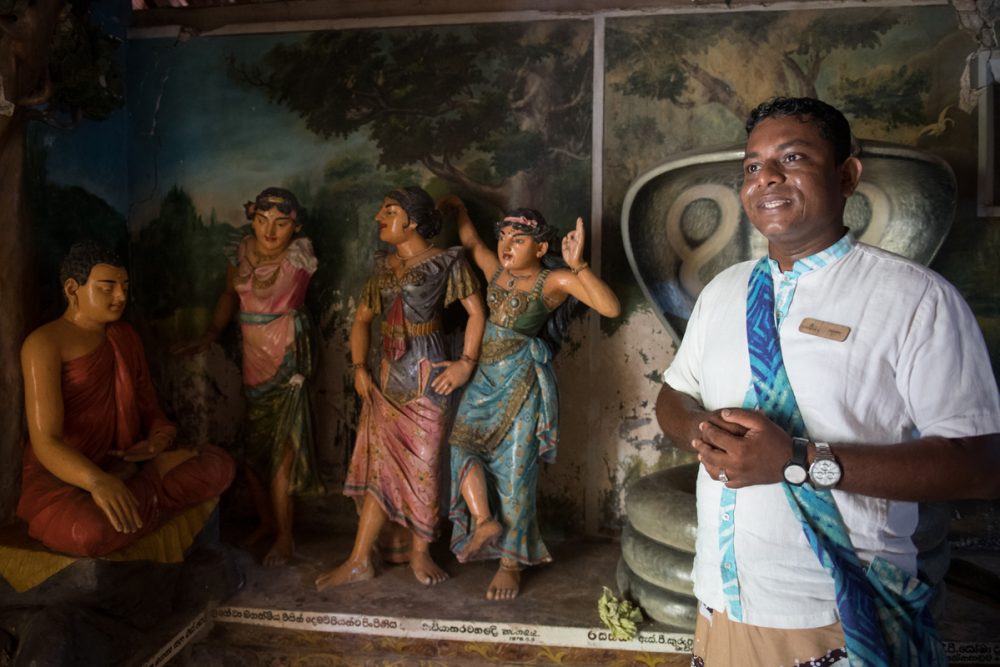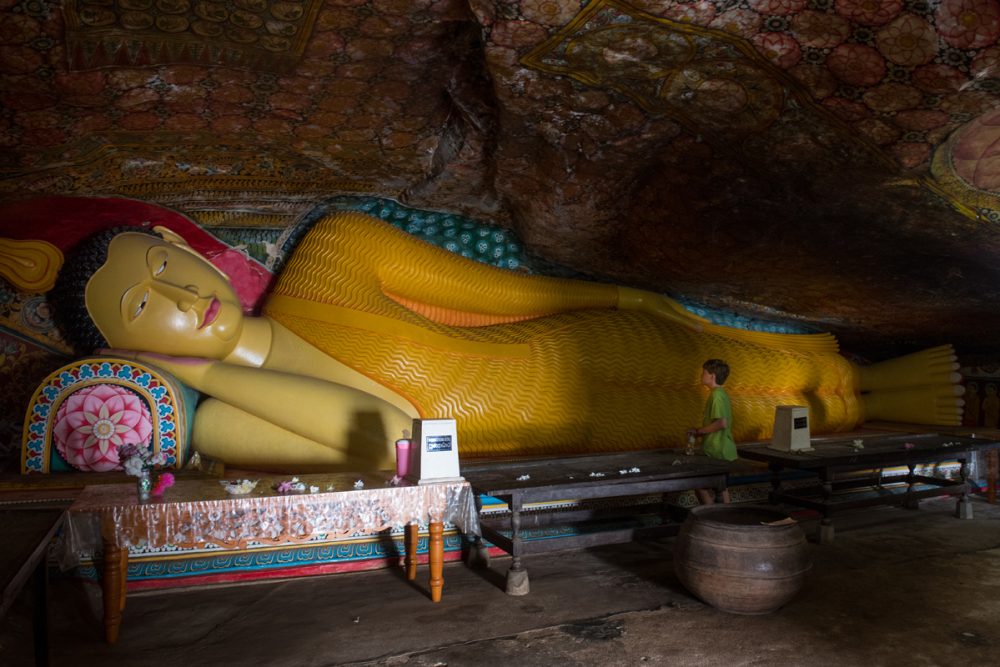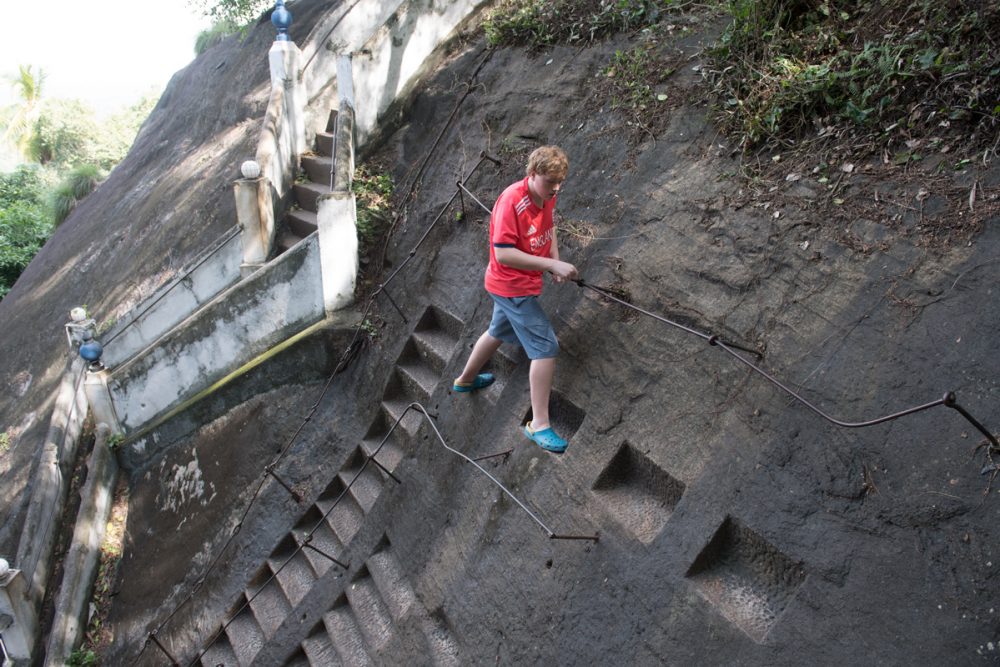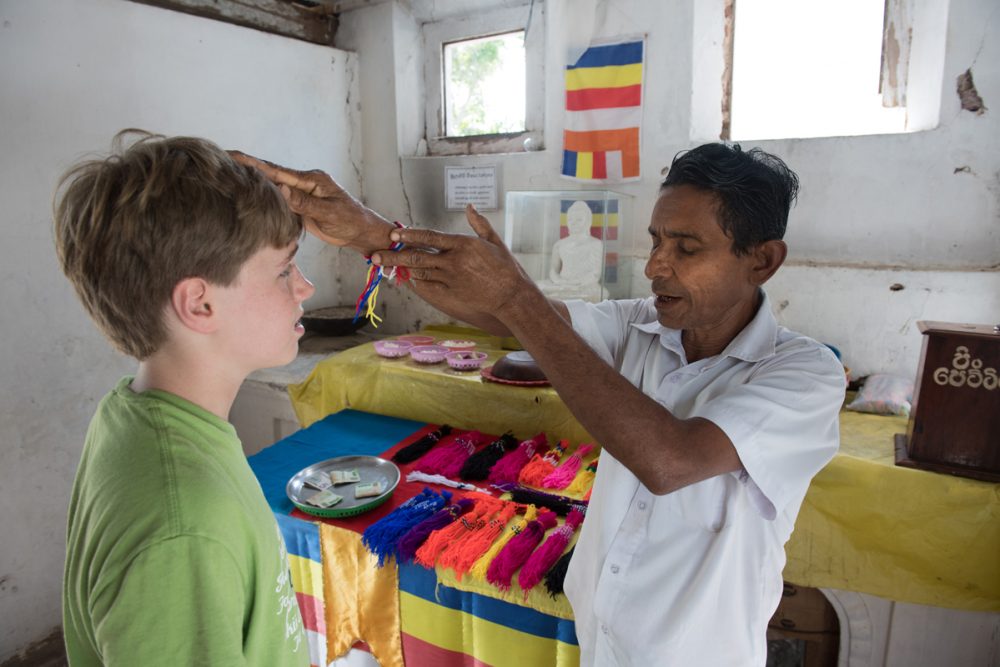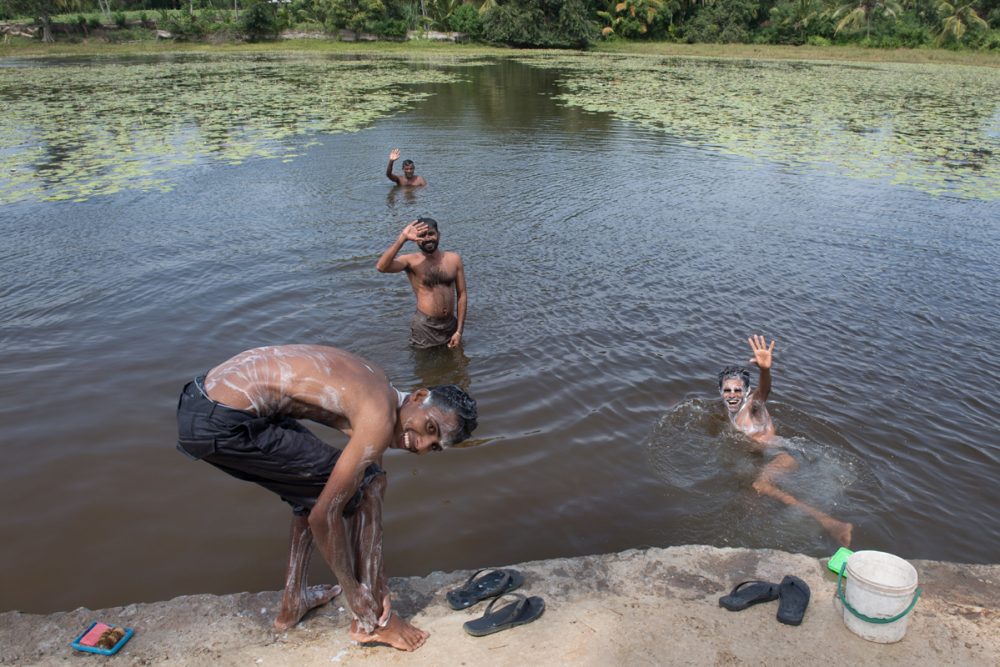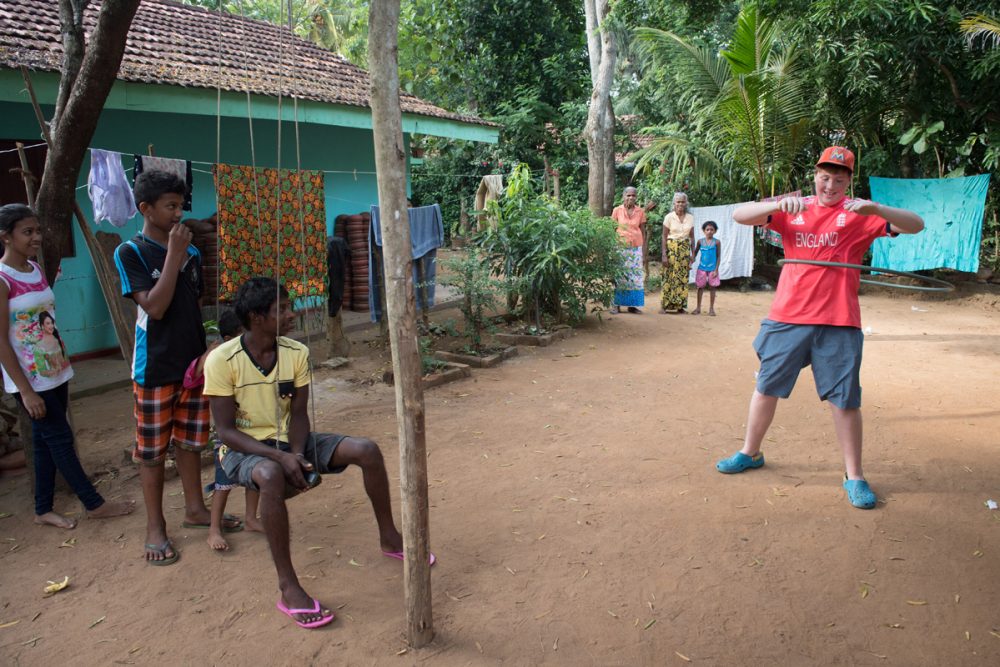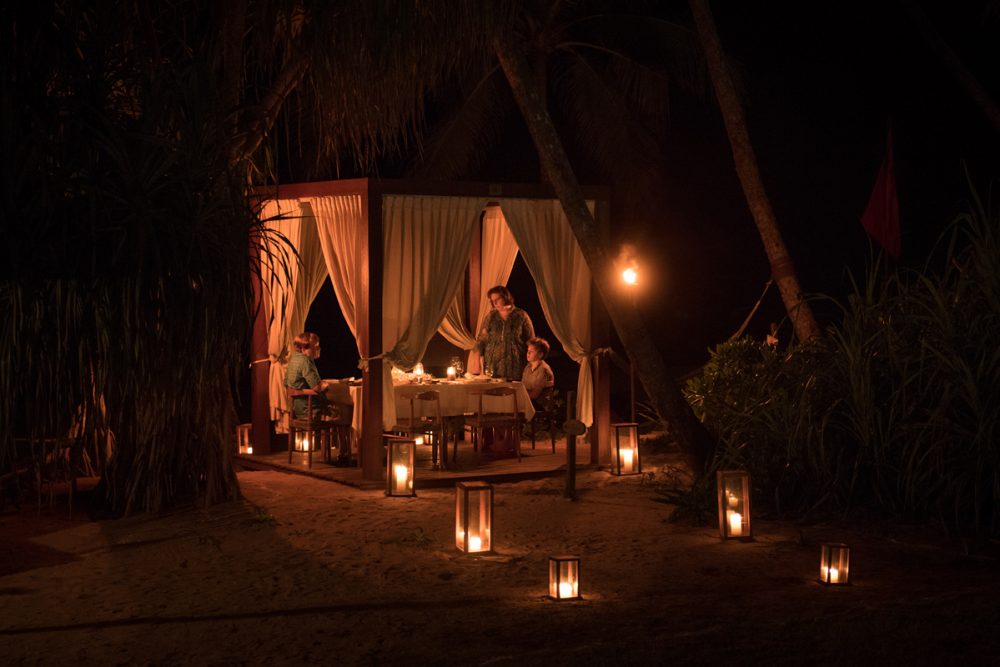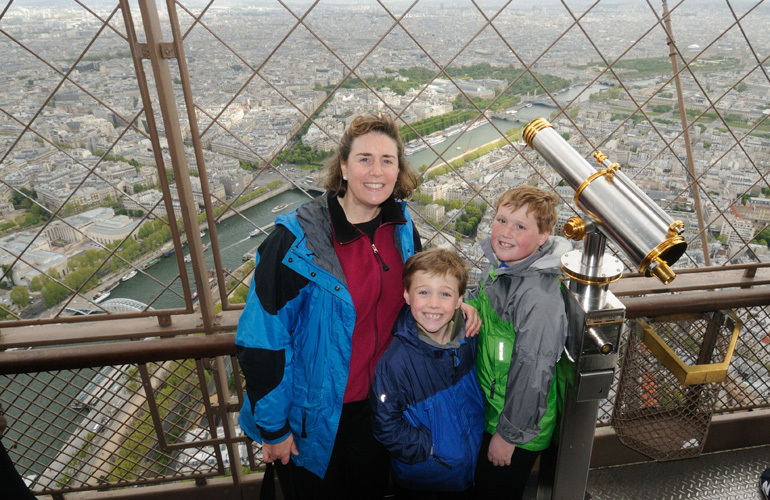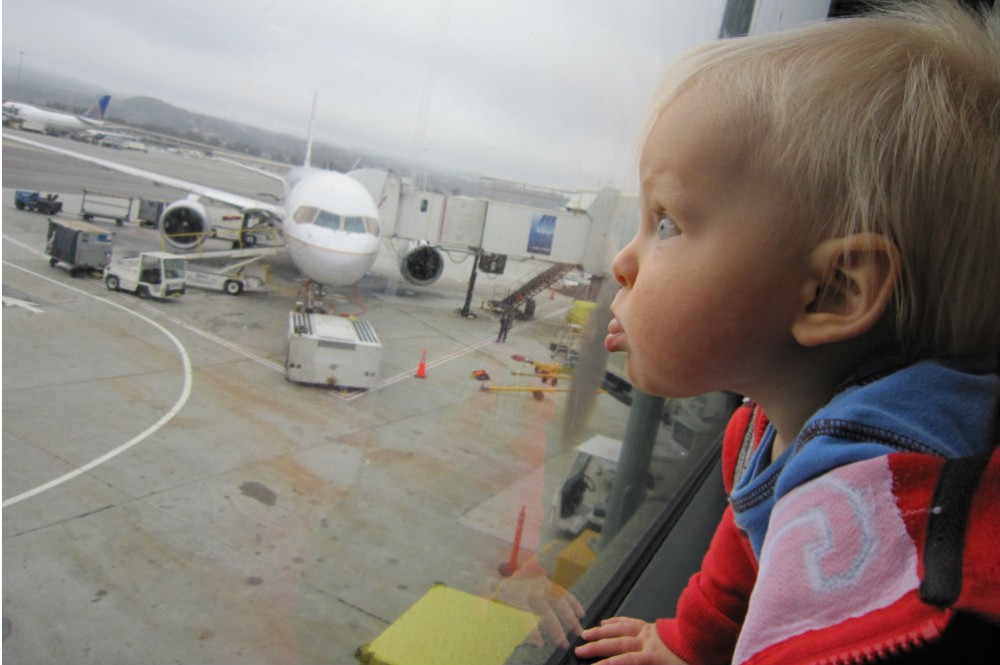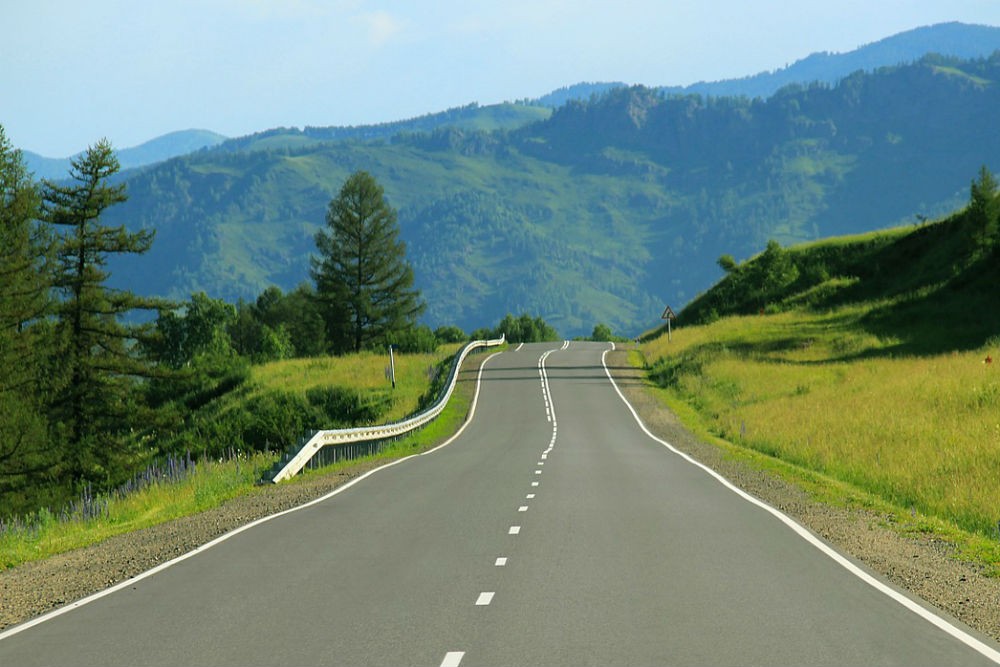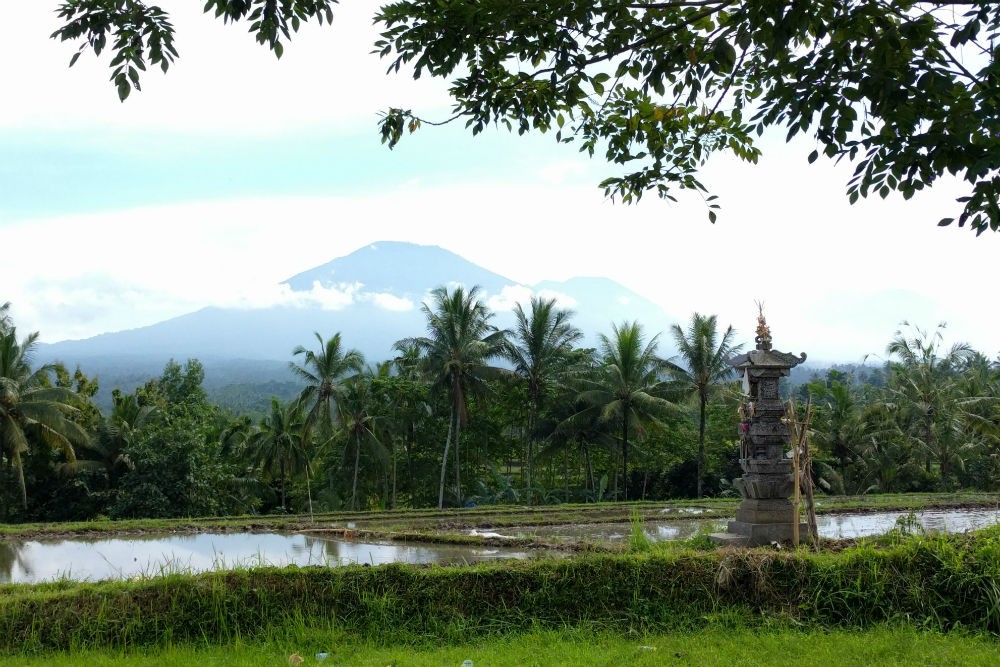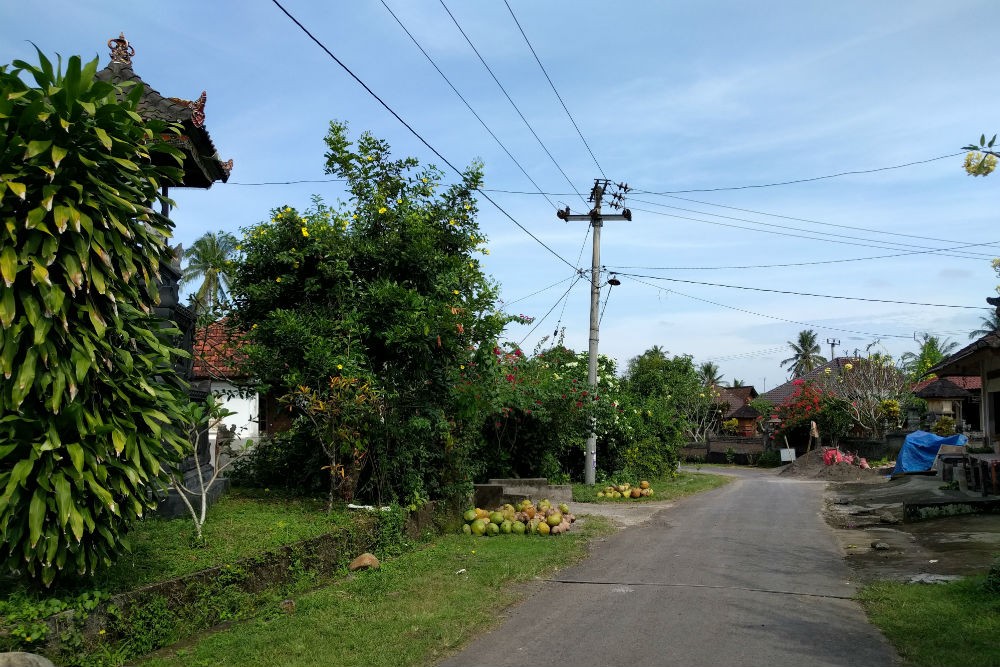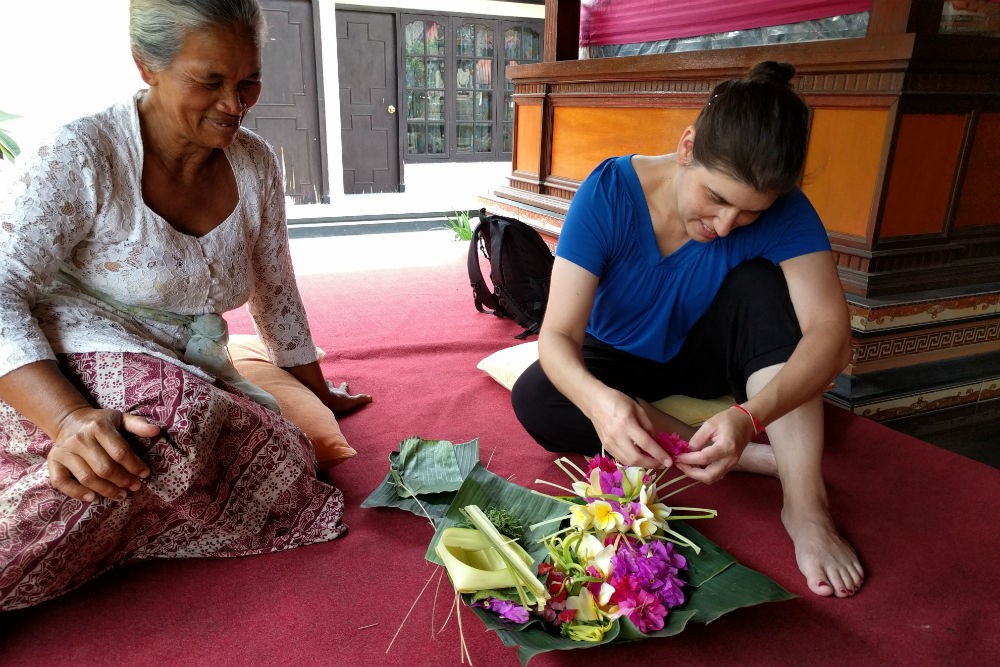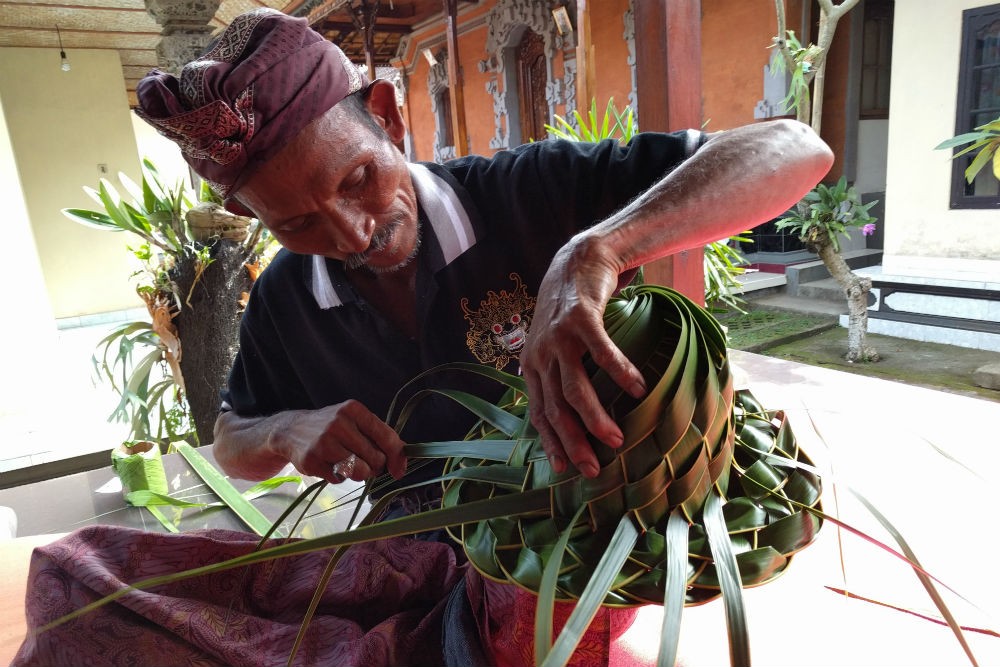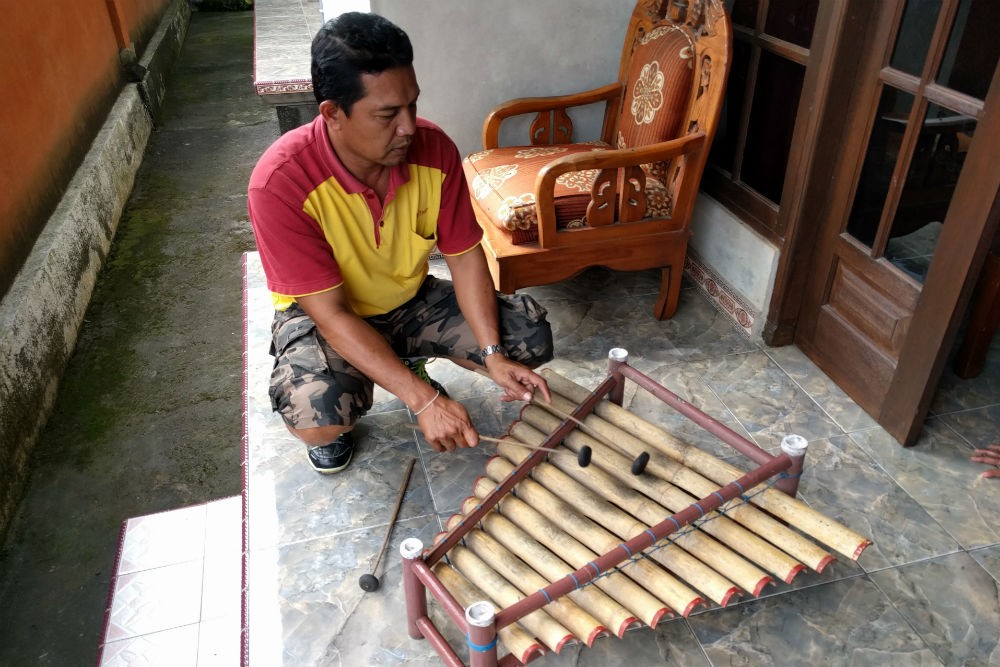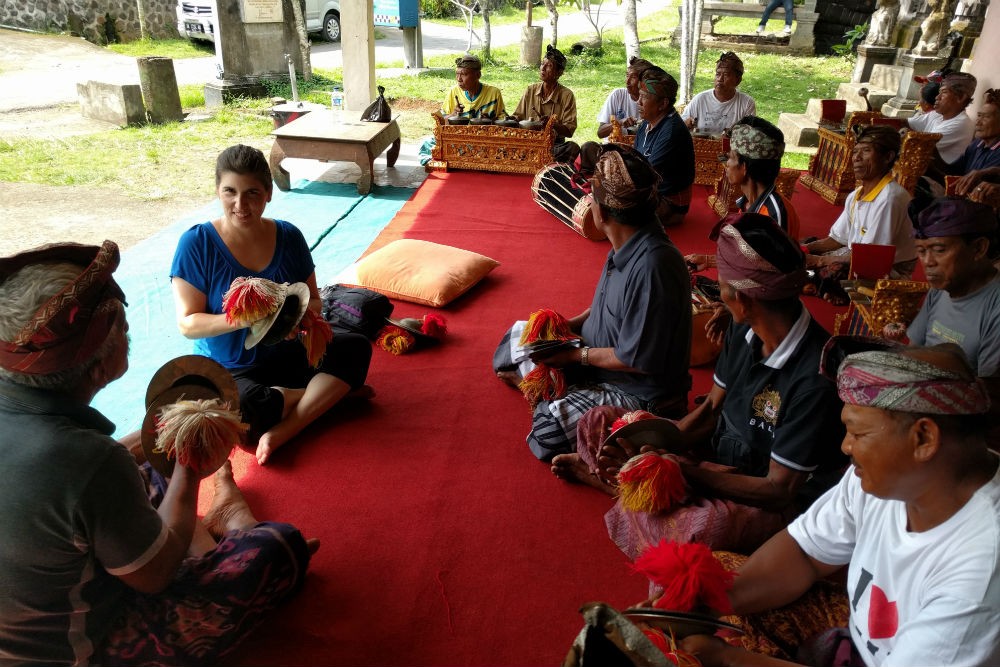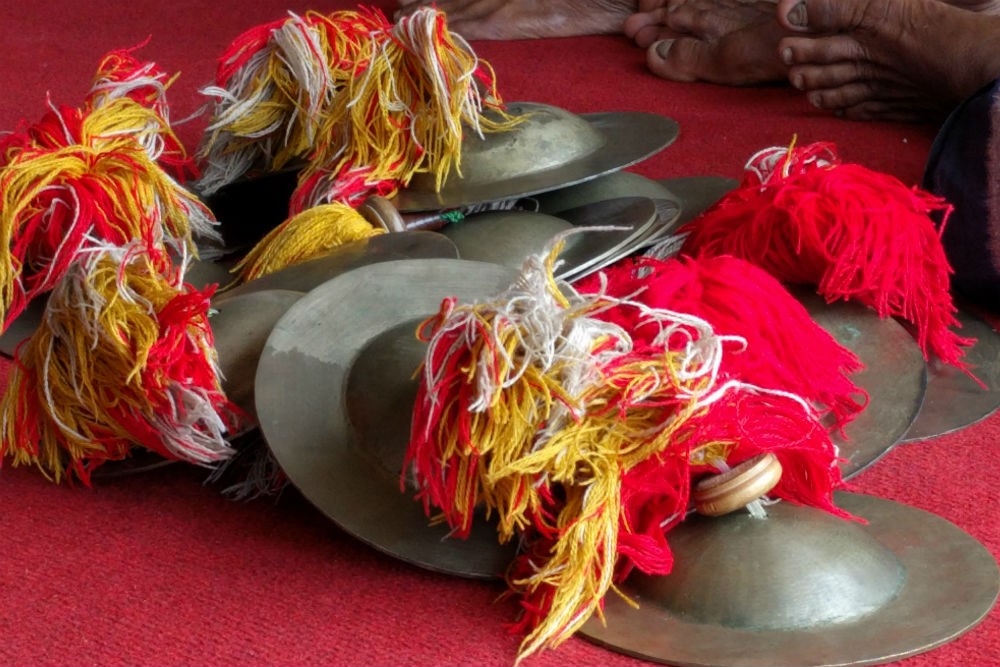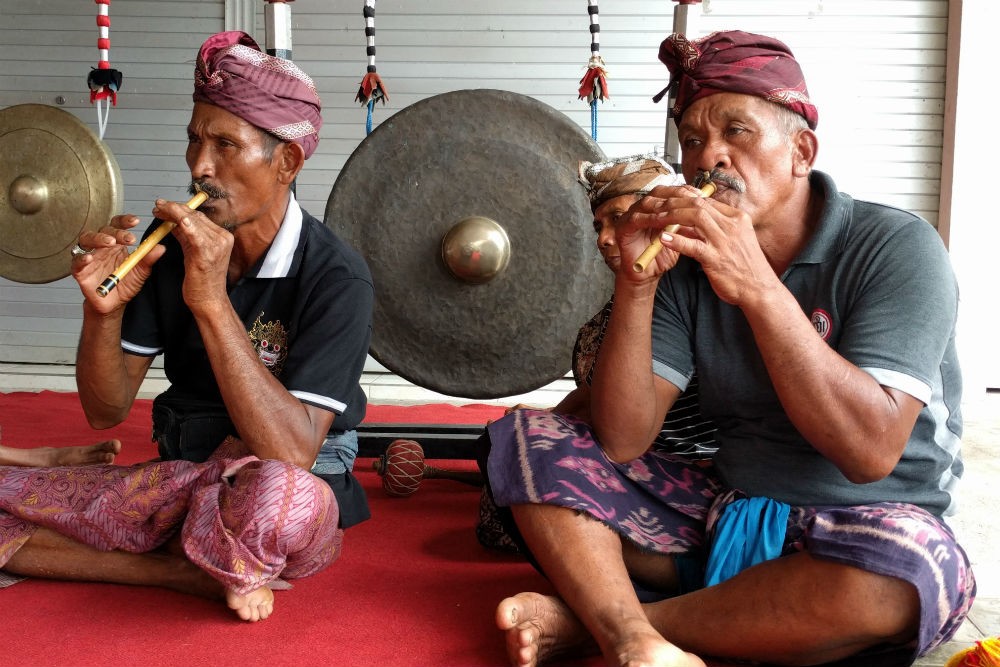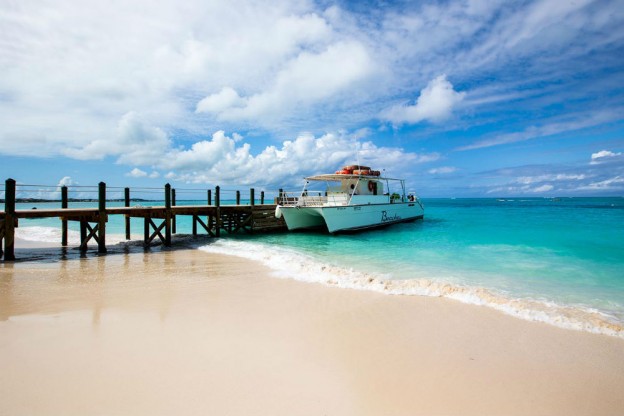Deciding where to travel can be overwhelming: There are so many amazing places—and so many factors to consider: the best timing for your trip, the optimal moment to book it, the stress of finding the right expert to plan it so you maximize your precious vacation time…. That’s where we come in: Our goal is to eliminate these uncertainties and cut to the chase about where to travel, why, and how to get the best experience for your dollar. We’ve already shared the most popular destinations of 2017—the places that our readers have submitted the most trip requests for. Now, we’re offering a list of places that might not be on your radar but should be.
Canada: British Columbia, Alberta, Newfoundland, the Arctic
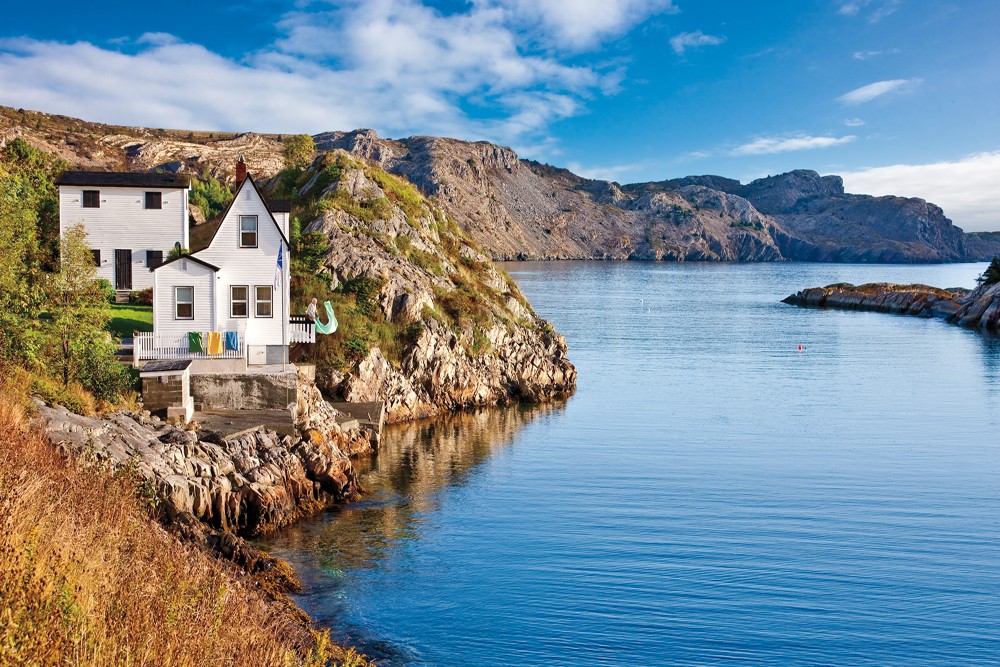
Newfoundland scenery. Photo credit: Newfoundland and Labrador Tourism
This is the year when U.S. travelers will take a closer look at our neighbor to the north—and not just because there are no Canada travel alerts or Zika virus and the exchange rate is great. 2017 is also the 150th anniversary of Canada’s confederation—a reminder that this sweeping nation was once a lot more difficult to traverse than it is now. A solid train system and the possibility of low-cost domestic airlines finally joining the competition should make it even easier to hop around in the coming year. Not that you need to. Pick a spot, any spot—British Columbia for adventure activities, Alberta for the Rocky Mountains, Montreal for all that delicious food, Newfoundland for its dramatic coastline and unique lodges, the Artic region for polar bears and northern lights, or any of the country’s famous national parks (all free to visit this year).
If you’re seeking the right travel specialist to design the best Canada trip possible, Ask Wendy for her recommendation. Also read our Insider’s Guides to British Columbia, Newfoundland, and the Arctic.
China: Jiuzhaigou National Park
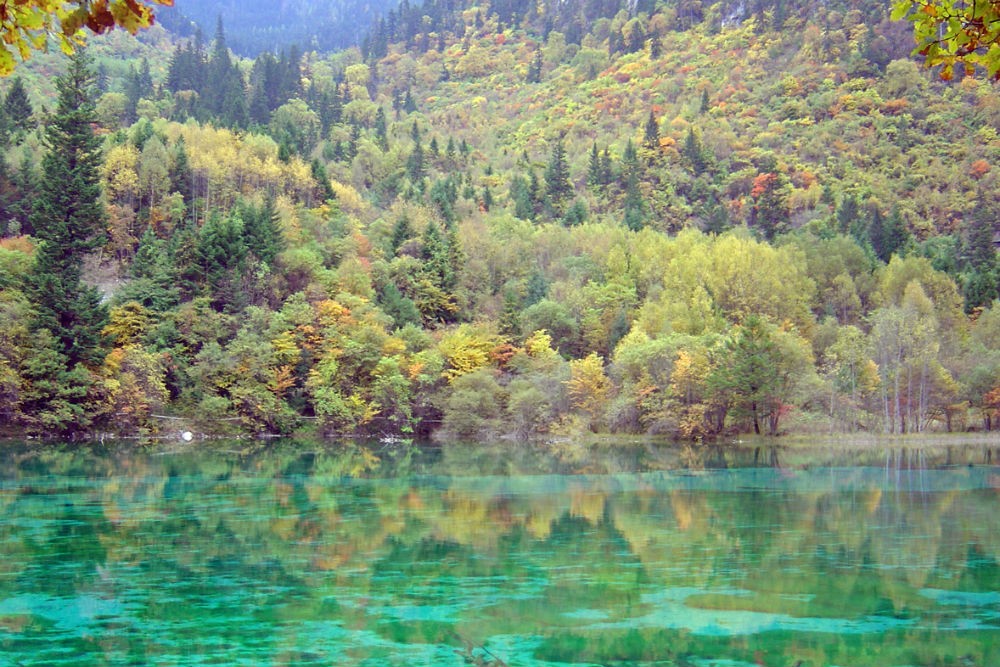
China’s Jiuzhaigou national park has earned its stripes as a UNESCO World Heritage Site due to its serene, crystalline turquoise pools. Photo: WildChina
After nearly 30 years on the brink of extinction, panda will be released back into the wild in China’s Jiuzhaigou national park and nature reserve next year. The chance to see these much-loved bears in their natural habitat is only half the draw, though. “Apart from panda tracking, Jiuzhaigou is by far one of the most beautiful landscapes in all of China,” says China travel specialist Mei Zhang. “Mandarin for ‘Nine Villages Valley,’ Jiuzhaigou has earned its stripes as a UNESCO World Heritage Site due to its serene, crystalline turquoise pools surrounded by hills of crisp yellow flowers.” Hike primeval forests to the brilliant blue-and-green Five-Color Pond, then check in to the new Ritz-Carlton, propped right up against the mountains so that you won’t miss any views even when you’re inside.
Read Mei Zhang’s Insider’s Guides to China’s Big Cities and Small Villages, Yunnan Province, and Beijing, and reach out to her to plan the best possible trip.
Colombia: Bogotá
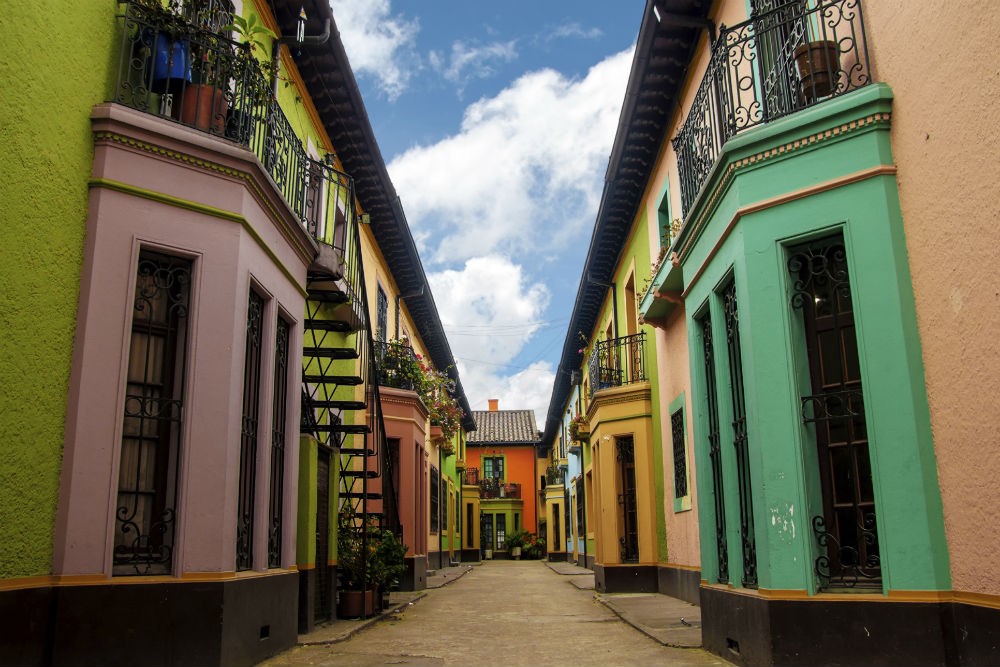
Historic colorful buildings in Bogotá, Colombia. Photo: Four Seasons/Thinkstock
This South American capital city has a lot going for it these days. Already cool in the books of culinary and cultural travelers for its thriving Nuevo Colombiana food scene, vibrant street art, and impressive art and architecture, Bogotá is adding big-name luxury hotels to its tourism offerings. At the end of 2015, Four Seasons took over the historic Hotel Casa Medina Bogotá, improving on the notable building’s old-world charm; and this year it unveiled a second property, the more modern Four Seasons Hotel Bogotá in Zona T, an area known for shopping and nightlife. Both boast destination restaurants (Spanish in the former, Japanese in the latter) and are likely to catch the eyes of trend-watching travelers. What’s more, thanks to its high altitude, Bogotá is not a friendly environment for Zika-carrying mosquitoes. Visit now before everyone else does.
Reach out to Eric Sheets to plan the best possible trip to Colombia, and read his Insider’s Guide to Cartagena for other ideas.
England’s Cotswolds

Buckland Manor, Cotswolds, England. Photo: Jonathan Epstein/Celebrated Experiences
“For years the English countryside fell off many travelers’ radar screens, as it was not good value compared to other destinations,” says United Kingdom travel specialist Jonathan Epstein. Then along came Brexit. Now, “the British pound is the weakest it has been since the early ’80s” says Jonathan. “Hotels in the Cotswolds that were $500 per night five years ago can be had for 25% to 35% less.” What’s particularly interesting is that while country manor hotels are improving, they still attract a mostly British audience, so you’re not likely to find yourself running into a ton of Americans. Add to that the lure of gardens, castles, charming villages, woodland walks, and award-winning cuisine, and the Cotswolds get even more attractive.
Read Jonathan Epstein’s Insider’s Guide to The Cotswolds, and reach out to him to plan the best possible trip.
Japan’s Cuisine and Off-the-Beaten-Path Culture
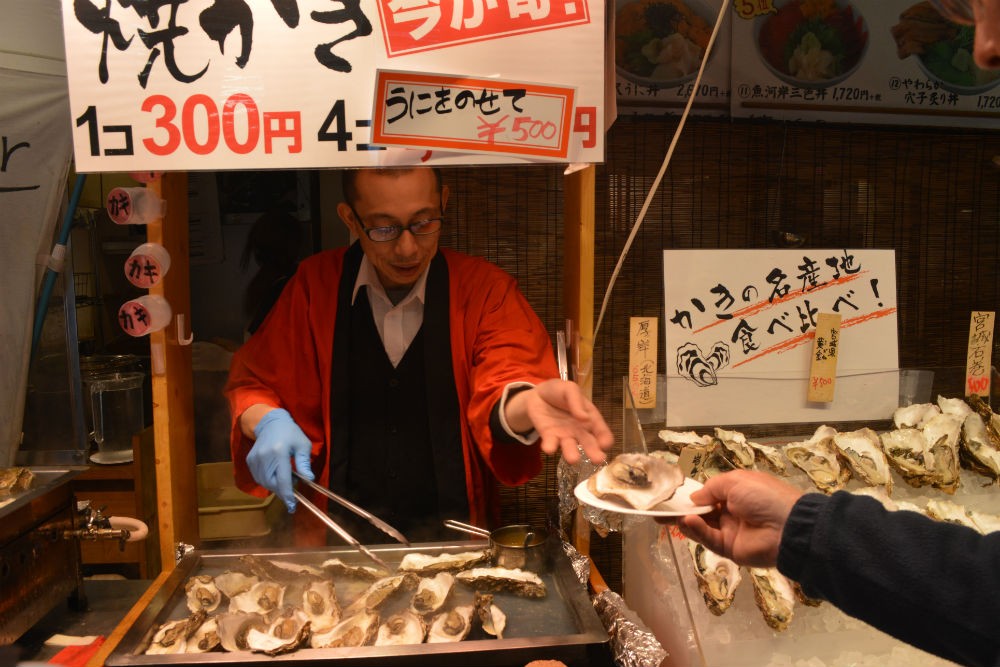
Tsukiji market, Tokyo. Photo: Context Travel
Japan has grown increasingly popular with our readers over the past two years. Maybe it’s the cuisine: Japan has the second-highest number of Michelin stars in the world (second only to France). Maybe it’s the atmospheric ryokans, or the hiking routes, or both: Aman recently opened its Amanemu resort, inside Ise-Shima National Park on the Kii Peninsula, where guests can cap off a walking trip along the famed Kumano Kodo Pilgrimage Trail. Maybe it’s the diverse landscapes: the coastal scenery of the Noto Peninsula, the spiritual Buddhist mountain region of Koyasan, the fun art islands of the Seto Inland Sea, the hot-spring-rich areas and pottery villages of Kyushu, Matsumoto, and Takayama in the Japanese Alps. Whatever it is, go now while the number of flights to Tokyo are increasing and new hotels are going up (like 2016’s Four Seasons Kyoto) in preparation for the Summer Olympics of 2020.
Read Scott Gilman’s Insider’s Guides to Classic Japan and Off-the-Beaten-Path Japan, and reach out to him to plan the best possible trip.
Mexico: Mexico City, Merida, Loreto

Traditional dancers in Merida, Mexico. Photo: Jouney Mexico
Mexico City (The New York Times’ choice of #1 destination to visit in 2016), Merida (the capital of Yucatan state), and Loreto (on the Baja peninsula) are each having a moment. What makes Mexico City special is the sheer diversity of culture you can experience there—world-class museums, cutting-edge architecture, emerging fashion designers, up-and-coming artists, plus all that delicious food (from taco stands to Pujol)—and the juxtaposition of ancient and modern: You can sleep in buzzy new hotels designed by world-class architects and in the morning go hot-air ballooning over the pre-Columbian city of Teotihuacan. (Plus Mexico City sits at an altitude too high for mosquitoes, so it’s Zika-free.)
A similar old-new combo can be found in the charming city of Merida. “The narrow streets and shady plazas create a feeling of the old world, as horses traverse the cobblestone streets lined with centuries-old mansions,” says Zach Rabinor, one of Wendy’s recommended Mexico experts. Many of those old buildings have been turned into boutique hotels and gourmet restaurants, so travelers seeking luxury and culture will easily be able to find both. In fact, Merida has been designated the American Capital of Culture for 2017, which means lots of events and celebrations throughout the year.
As for Loreto, it’s the counterpoint to Baja’s bustling Cabo region. The laid-back, old-world charm and coastal location attract adventure seekers, history buffs, sun seekers, and golf aficionados. Next fall the 7,400-yard Danzante Bay Golf Course will open, and Alaska Airlines is set to increase flights to Loreto to six days per week from LAX. “While there are breathtaking new resorts in Loreto, the vibe is refreshingly relaxed,” says Baja travel specialist Julie Byrd. “It’s still so untouched.” (If you’re concerned about Zika virus, know that fewer cases of Zika have been reported in the state of Baja California Sur than in Florida.)
Read Zach Rabinor’s Insider’s Guides to Mexico City and the Riviera Maya, and reach out to him to plan the best possible trip.
For Cabo, read Julie Byrd’s Insider’s Guides to Los Cabos Beach Vacations and Los Cabos Villa Vacations, and reach out to her to plan the best possible trip.
Mongolia
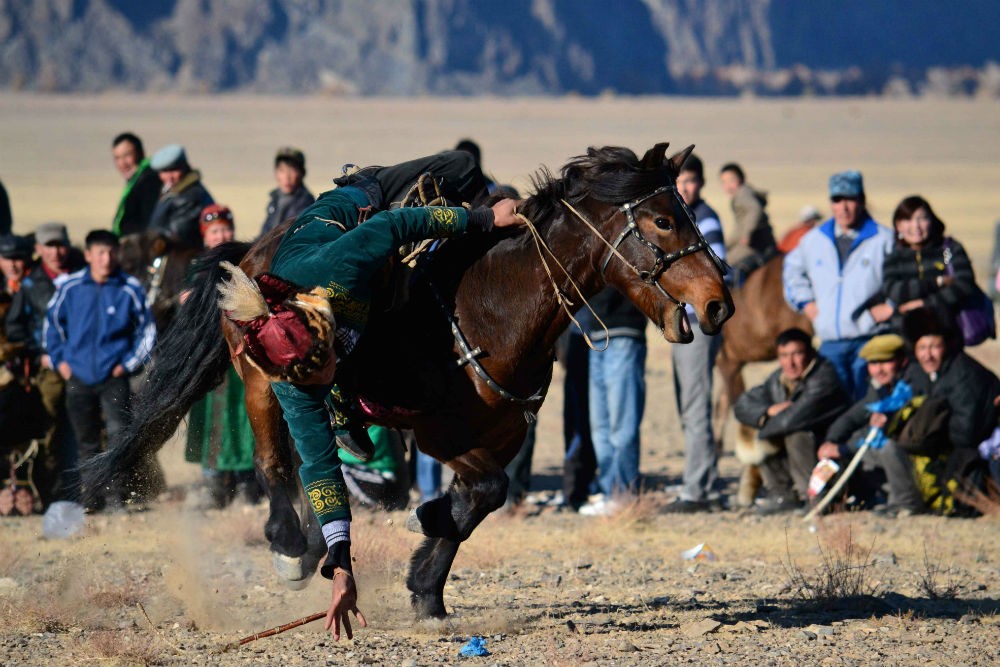
Horse riders in Mongolia. Photo: Nomadic Expeditions
The 2015 opening of a Shangri-La hotel in Ulaanbaatar put Mongolia’s fascinating capital into the travel spotlight—and it’s still there. This year, a new airport will expand the country’s tourism infrastructure, making trips from a number of international cities easier than ever before. “The city is a place where modern high-rises are lined up next to traditional nomadic gers,” says Mongolia travel specialist Jalsa Urubshurow. “Don’t let the bustling energy of UB fool you, though, since Mongolia remains largely untouched—a place where a horse-based nomadic culture continues to thrive.” That culture got a little bit of the spotlight itself recently, Hollywood style, when Star Wars’ Daisy Ridley narrated the film The Eagle Huntress, about a young Kazakh girl living in western Mongolia’s Altai Mountains who wins the Golden Eagle Festival, a prize historically awarded to men. ((The festival was actually created by Jalsa in 1999; you can read more about it here.) Now is the time to explore this country’s deep traditions, diverse landscapes, and burgeoning modernization, before the rest of the travel world catches on.
Read Jalsa Urubshurow’s Insider’s Guide to Mongolia, and reach out to him to plan the best possible trip.
Myanmar: Yangon, Rakhine, and More
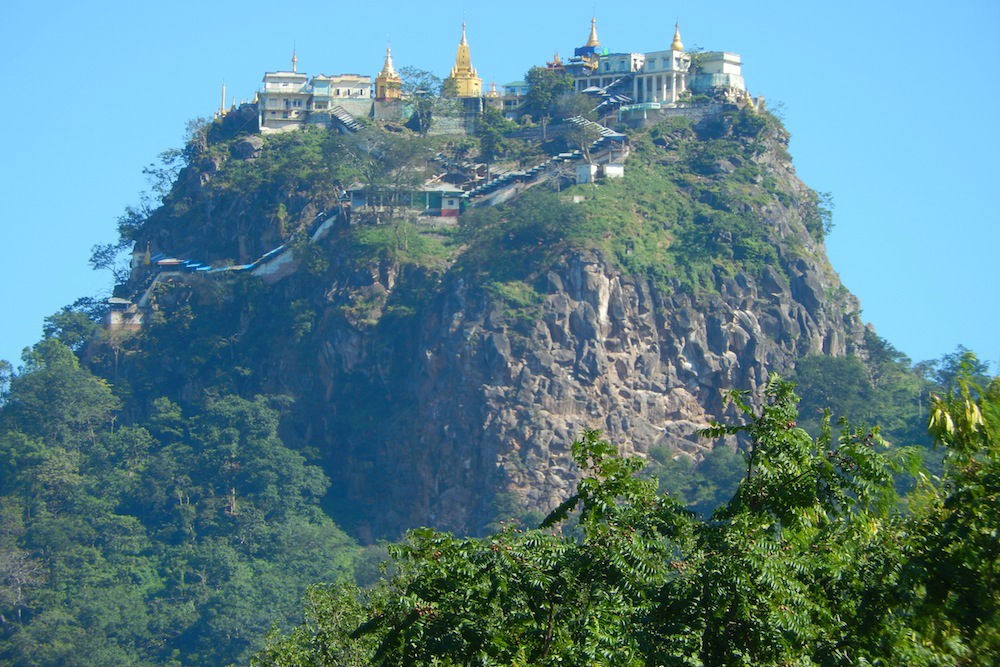
Mt. Popa, Myanmar. Photo: Antonia Neubauer.
This jewel of Southeast Asia is expecting an influx of visitors in 2017 and thus is investing in infrastructure development under the government of Aung San Suu Kyi. In the capital city of Yangon, a new airport is being built and, by 2018, the capital city will even have a Peninsula hotel. For more intrepid travelers, Suu Kyi has pushed to open routes in Rakhine, Shan, Chin, and other tribal states, including areas where no foreign travelers were ever allowed in the past.
If you’re seeking the right travel specialist to design the best Myanmar trip possible, Ask Wendy for her recommendation. Also read our Insider’s Guide to Myanmar.
Nepal

A young monk in Nepal. Photo: Toni Neubauer
Tourism is still down after Nepal’s devastating earthquake in 2015, but that’s why Nepal travel specialist Toni Neubauer feels it’s so important for travelers to show their support for this magical country. “Without doubt, if you want to see a still-beautiful, less-touristed Nepal; appreciate the resilience of a people recovering from a disaster with little government aid; and appreciate some of the huge changes in the country, now is the time to go,” she says. For instance, roads that were previously only accessible to trekkers are now much more accessible to all travelers, and more comfortable resorts are opening such as the luxury-level Barahi Jungle Resort in the Chitwan. While it’s true that fewer tourists translates to better deals and more availability at top hotels and restaurants, the real reason to visit now is that it’s a boon to the locals and their economy—and gives travelers an insider’s glimpse into how its homes, monuments, and centuries-old art are being restored.
Read Toni Neubauer’s Insider’s Guide to Nepal, and reach out to her to plan the best possible trip.
New Zealand: Before It’s Overrun
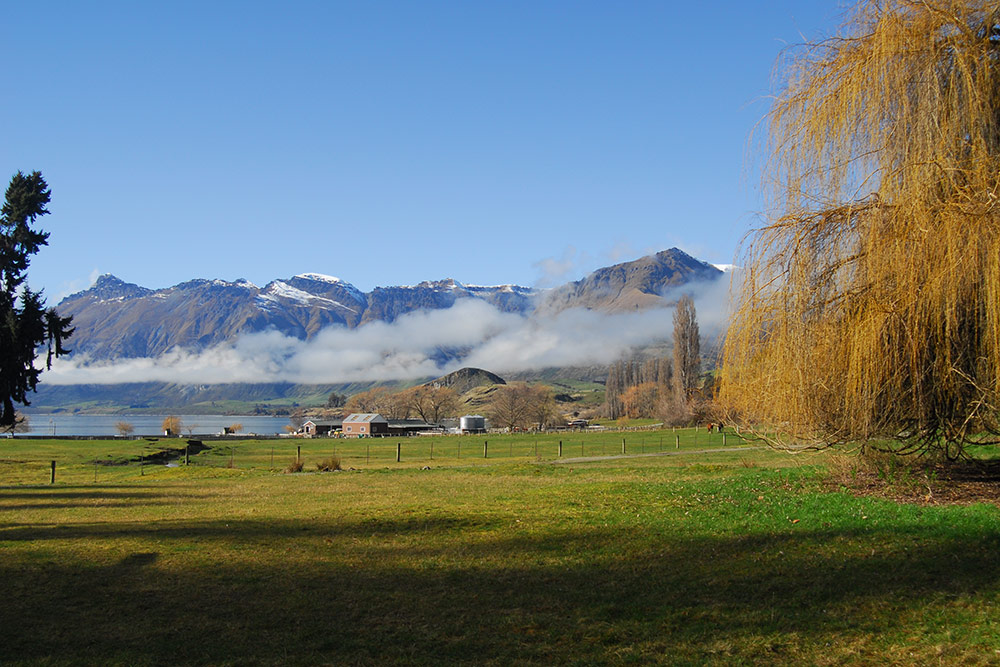
Mount Nicholas Station, Queenstown, New Zealand
New Zealand has been a popular adventure spot for years, but we’re including it on our 2017 must-visit list for two reasons. First, it has grown so popular, and many of its most atmospheric inns and lodges are so intimate, that you’d be smart to book a year in advance, so if you’re thinking about it at all, start planning asap. Second, the busy season used to be limited to December 15 through January 15, but now it stretches all the way from November to March. “The country is literally full,” says New Zealand travel specialist Jean-Michel Jefferson. “Even locals are having trouble finding hotel rooms.” That’s not to say you should cross New Zealand off your list—rather, you should go as soon as possible, before it gets thoroughly overrun. A savvy and well-connected travel specialist like Jean-Michel, who is based in New Zealand, can ensure that you don’t get caught in the crowds and that you uncover unique experiences such as spending a day with a top orca researcher, helicoptering into undiscovered southern Fiordland, meeting a Maori chief, and dining on freshly caught wild seafood on the beach.
Read Jean-Michel Jefferson’s Insider’s Guides to New Zealand and Queenstown, and reach out to him to plan the best possible trip.
Sri Lanka
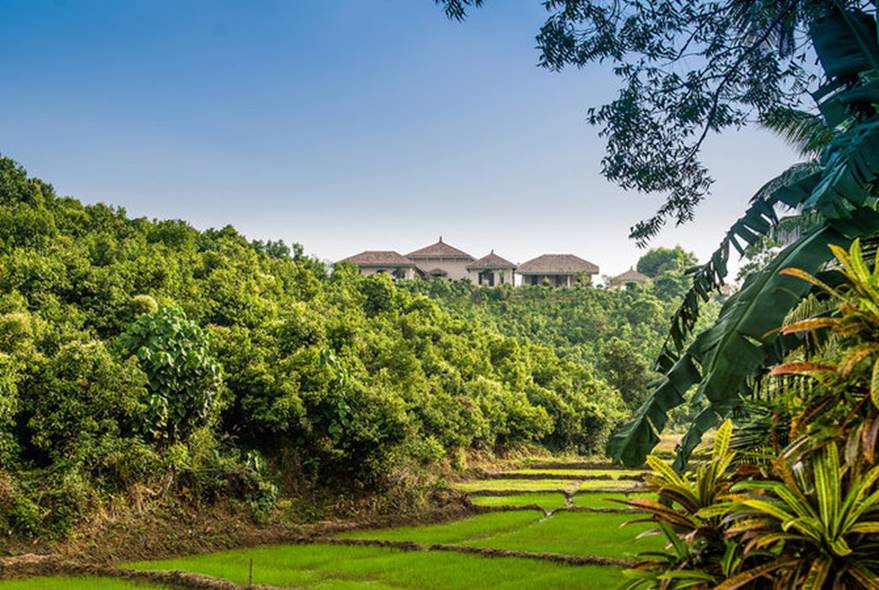
Sri Lanka’s Cinnamon Country. Photo: Sri Lanka In Style
If it seems like everyone is talking about Sri Lanka, it’s because they are. It’s one of the buzziest destinations of 2017—which is why Wendy’s headed there herself later this month. With its civil-war troubles behind it, Sri Lanka can now show off its 2,000-year-old history and eight UNESCO heritage sites, its national parks (packed with wildlife including leopards, elephants, and sloth bears), and its hotel boom that includes several new exquisite coastal resorts. “While this sharp rise in tourism may signal an end for the simple untouched beauty of the country,” says Sri Lanka travel specialist Miguel Cunat, who has lived there for more than a decade, “there are still plenty of off-the-beaten-track places to explore and myriad opportunities to experience authentic Lankan culture. The previously off-limits North and East Coast are now safe and open to travelers, and the Southern Coast has been benefiting from the opening of many new charming hotels and restaurants.” What’s more, 2017 is the 150th anniversary of Sri Lanka’s tea industry, and the celebrations will include an expo, seminars, workshops, and a convention.
Read Miguel Cunat’s Insider’s Guide to Sri Lanka, and reach out to him to plan the best possible trip.
Zambia
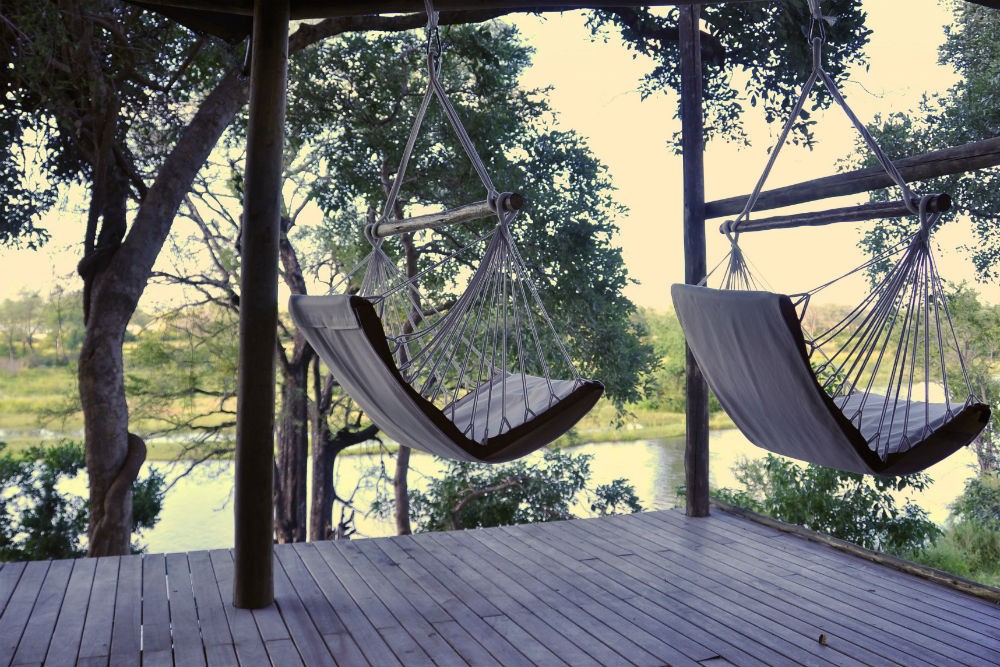
Amanzi Camp on the Zambezi River, Zambia. Photo: Amanzi Camp
If all you know about Zambia is Victoria Falls, you’re missing out. The country’s wildlife-viewing opportunities are top-notch: elephant, hippo, zebra, wildebeest, buffalo, lions, leopards…. Zambia offers remote luxe camps in off-the-beaten-path parks often overlooked by mainstream travelers. The exclusive Amanzi Camp opened in the Lower Zambezi in 2016, and another high-end property is slated for 2017: The five-star Mambeti Camp will make Zambia’s Liuwa Plains more accessible (and more comfortable) for safari lovers eager to spot the area famed for its lions, the second largest wildebeest migration in Africa (in November), a recovering cheetah population, and more.
Read Cherri Briggs’s Insider’s Guide to Zambia, and reach out to her to plan the best possible trip.
Be a smarter traveler: Use Wendy’s WOW List to plan your next trip. You can also follow her on Facebook and Twitter @wendyperrin, and sign up for her weekly newsletter to stay in the know.
